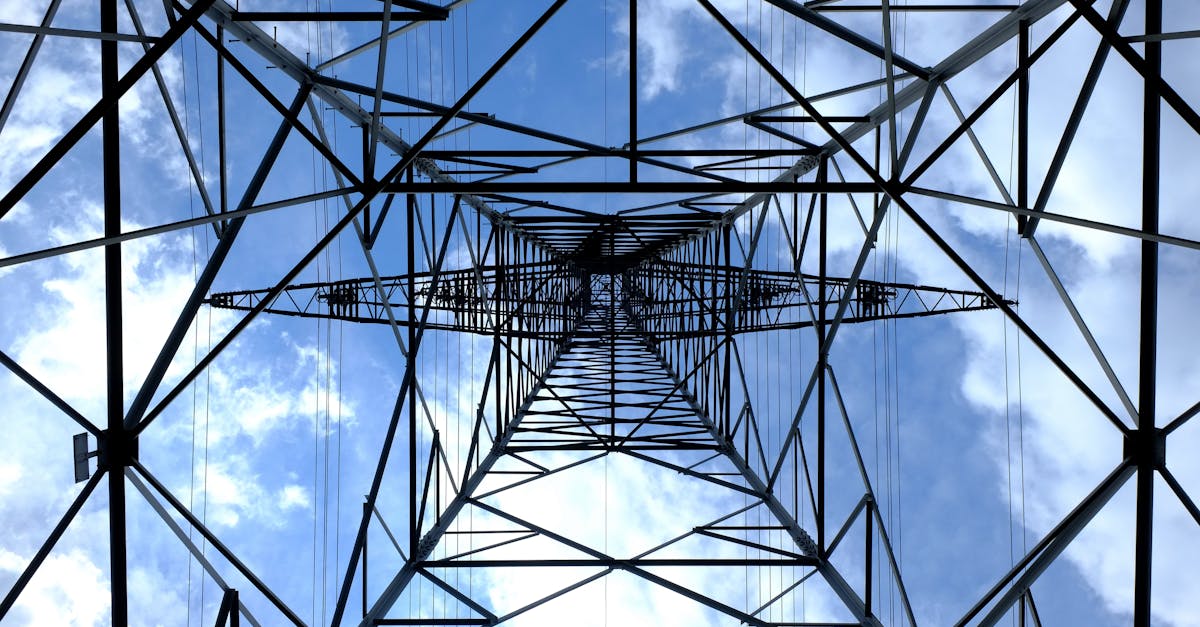Vistra shares fell by -2.4% during the day's afternoon session, and are now trading at a price of $191.56. Is it time to buy the dip? To better answer that question, it's essential to check if the market is valuing the company's shares fairly in terms of its earnings and equity levels.
Vistra's P/B and P/E Ratios Are Higher Than Average:
Vistra Corp., together with its subsidiaries, operates as an integrated retail electricity and power generation company in the United States. The company belongs to the Utilities sector, which has an average price to earnings (P/E) ratio of 21.16 and an average price to book (P/B) ratio of 2.36. In contrast, Vistra has a trailing 12 month P/E ratio of 30.3 and a P/B ratio of 27.73.
Vistra has moved 175.9% over the last year compared to 16.6% for the S&P 500 — a difference of 159.4%. Vistra has a 52 week high of $207.12 and a 52 week low of $66.5.
The Company May Be Profitable, but Its Balance Sheet Is Highly Leveraged:
| 2019 | 2020 | 2021 | 2022 | 2023 | 2024 | |
|---|---|---|---|---|---|---|
| Revenue (M) | $11,809 | $11,443 | $12,077 | $13,728 | $14,779 | $17,224 |
| Operating Margins | 17% | 13% | -13% | -9% | 18% | 24% |
| Net Margins | 8% | 6% | -11% | -9% | 10% | 15% |
| Net Income (M) | $928 | $636 | -$1,274 | -$1,227 | $1,493 | $2,659 |
| Net Interest Expense (M) | $797 | $630 | $384 | $368 | $740 | $910 |
| Depreciation & Amort. (M) | $1,640 | $1,737 | $1,753 | $1,596 | $1,502 | $1,670 |
| Diluted Shares (M) | 500 | 491 | 482 | 422 | 375 | 353 |
| Earnings Per Share | $1.86 | $1.3 | -$2.69 | -$3.26 | $3.58 | $7.0 |
| EPS Growth | n/a | -30.107526881720432% | -306.92307692307696% | -21.189591078066908% | 209.8159509202454% | 95.53072625698323% |
| Free Cash Flow (M) | $2,023 | $2,078 | -$1,239 | -$816 | $3,777 | $2,485 |
| CAPEX (M) | $713 | $1,259 | $1,033 | $1,301 | $1,676 | $2,078 |
| Total Debt (M) | $20,204 | $18,470 | $20,954 | $23,866 | $24,232 | $31,716 |
| Net Debt / EBITDA | 5.48 | 5.55 | 82.47 | 55.87 | 4.98 | 5.31 |
| Current Ratio | 0.9 | 1.13 | 1.35 | 1.08 | 1.18 | 0.96 |
Vistra has growing revenues and increasing reinvestment in the business and exceptional EPS growth. Additionally, the company's financial statements display decent operating margins with a positive growth rate and generally positive cash flows. However, the firm suffers from not enough current assets to cover current liabilities because its current ratio is 0.96 and a highly leveraged balance sheet.


